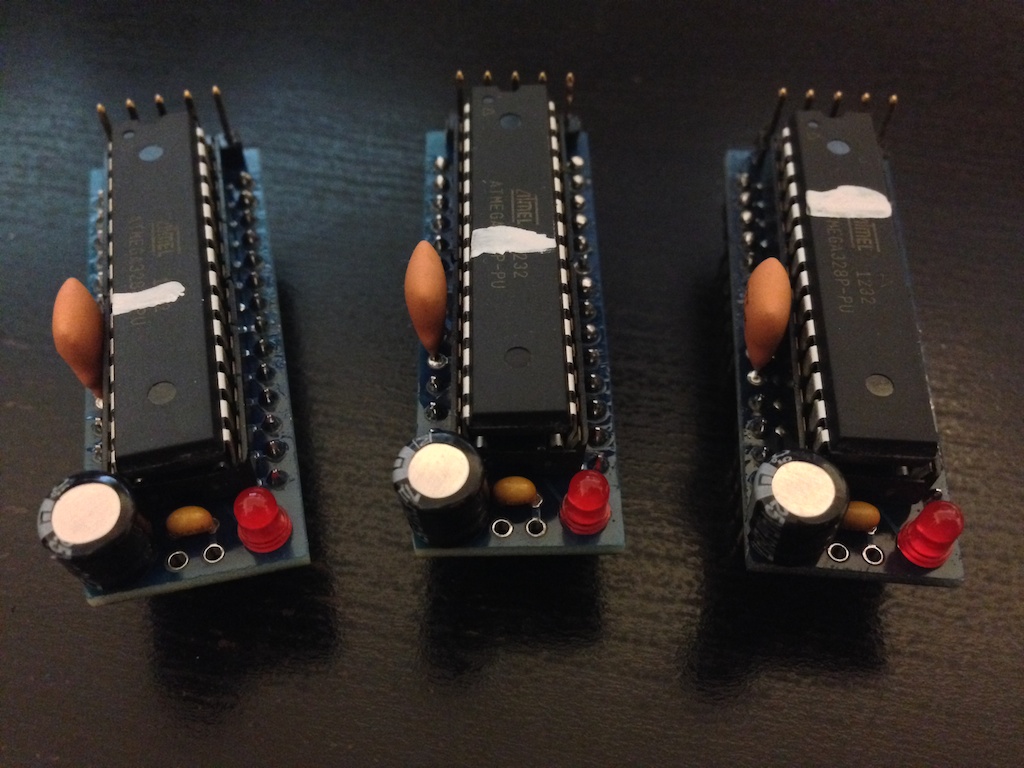Tag: ftdi
-

How to program a Dorkboard with an FTDI breakout
I’ve been playing with my Arduino long enough to realize that it is much cheaper to maker my own breadboard Arduino and transfer that into either a PCB or Veroboard than to actually buy a full Arduino for every little thing I make. In order to program my breadboard Arduino I’m using Sparkfun’s FTDI Basic…